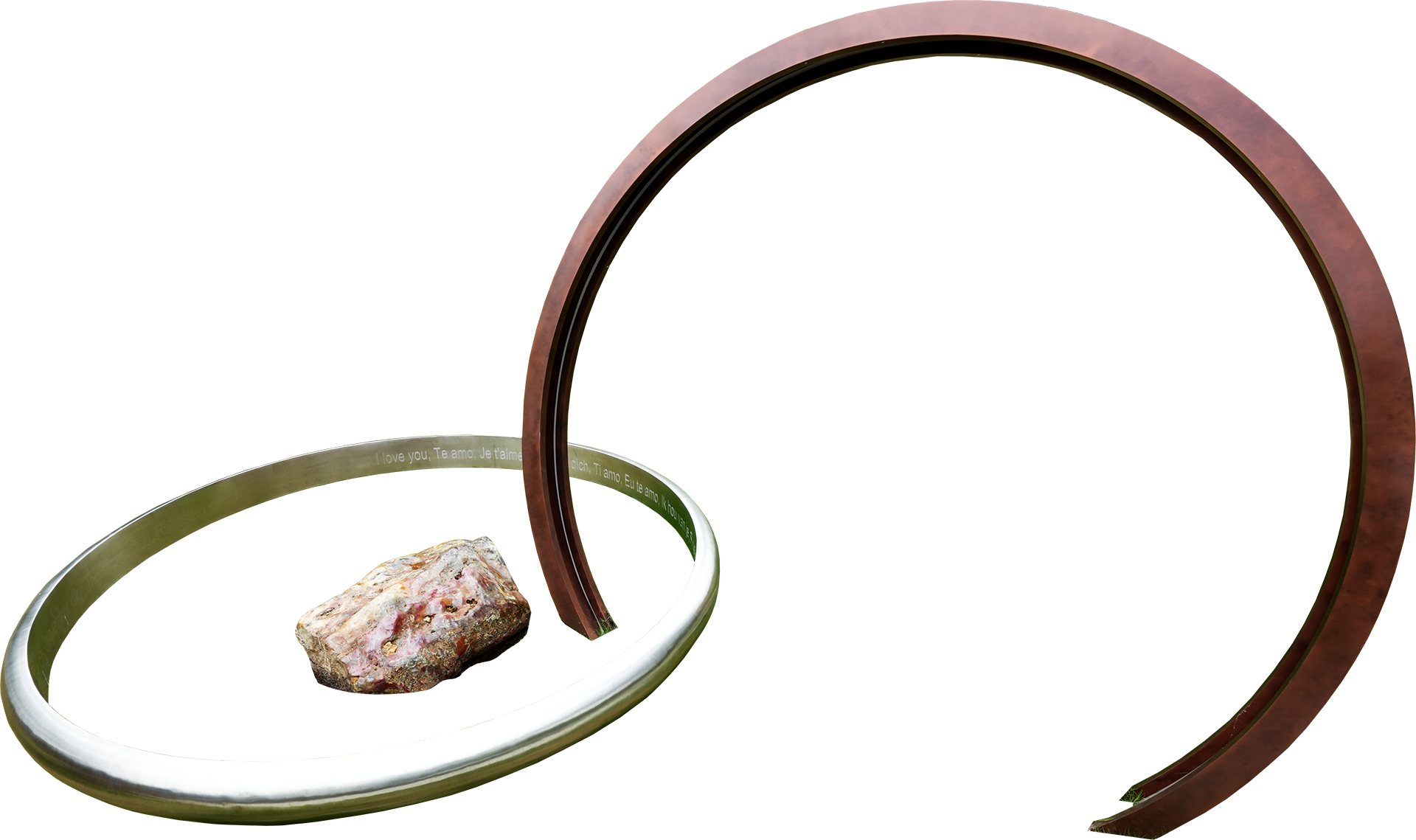About Wood Fossil


Most of the wood fossils at Nina Park were found in Java, Indonesia. Dating back to the Pliocene epoch, they were formed at a time of major global tectonic activity 2.6 to 5.3 million years ago.
When a tree is buried by volcanic ash or sediment and protected from decay by oxygen, groundwater rich in dissolved solids flows through the sediment over a long period of time, gradually replacing the woody material with silica.
The appearance of wood fossils varies. Some pieces resemble blocks of wood, while others take on the appearance of stones or even lumps of charcoal. Each fossil has its own distinct texture and colour based on the environment where it was formed, giving it unique characteristics.
Travel through time with the Timescope, a special telescope that transports visitors back to an era when volcanic eruptions devastated the forests. Witness the fall of a single tree, which becomes the famous Sun Fossil displayed on the lawn in front.

Under a microscope, the intricate details of wood fossils can be observed. The major substances making up the fossils are silica and carbonaceous material. Minerals absorb the light of specific colours while allowing other colours to pass through, giving each mineral its own distinctive colour and making each fossil a simultaneous display of multiple colours.
Here in the Wood Fossil Experience Centre, visitors can observe the colour patterns of the permineralisation of wood fossils under microscopes.
Wood fossils are formed through a process called silicification, which happens in two ways. The first way is called chalcedony replacement, also known as agatised or jasperised wood. In this process, the organic material of the plant gets replaced and filled with chalcedony, a type of mineral. The second way is when the organic material of the wood becomes filled and replaced by opal, creating what are called proteinaceous wood fossils.
Colours and features
Wood fossils come in different colours and have unique characteristics. The colour of a fossil depends on the minerals present and the conditions it went through during fossilisation. For example, iron can give fossils a red, brown, or yellow colour, while manganese can make them appear purple or black.
Structures
Wood fossils preserve intriguing structures like barks, branches, growth rings, wormholes, and cells. These structures provide valuable insights for palaeobotanists to determine the tree's deciduous or coniferous nature, and sometimes even its species.




Drag to rotate
Sun Fossil, a nearly 30-meter-long structure, is situated on the expansive Sun Fossil Lawn.
In an expensive place like Hong Kong, it’s not easy to find large pieces of lawn in urban areas. Nina Park offers a spacious lawn where visitors can stretch and lie around the Sun Fossil.
The Sun Fossil Lawn provides a comfortable and spacious area to relax and admire various upright wood fossils. Visitors can lounge on the grass, gaze up at the sky or sit next to the fossils, enjoying a rare moment of tranquility amidst the bustling city.
















